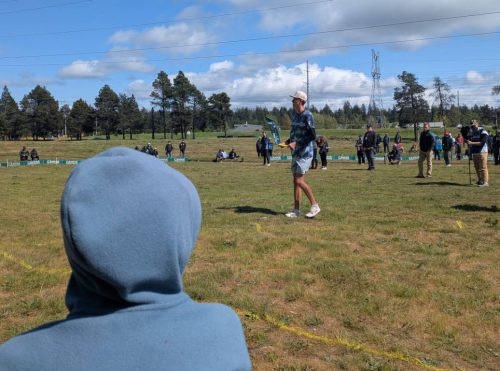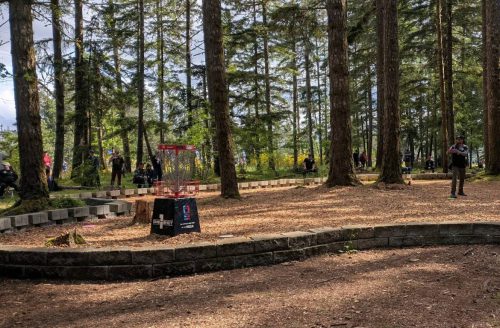When we bought this house, I purchased a simple push mower and a multi-head motor with string trimmer, edger, and blower attachments. That setup has served me well for 14 years and while they were showing their age, I didn’t have a strong reason to upgrade, and yet, here I am with new electric tools.
It all started when a friend who sells this stuff helped me get started with the EGO multi-head system. I ended up with the string trimmer, edger, and hedge trimmer attachments as well as a blower and an extra 5Ah battery to go with the 2.5 Ah battery that came with the multi-head unit. The gas mower remains for now, but I will eventually replace it with an EGO push mower.
The switchover to battery had been imminent anyway. My old motor was leaking more gas than it consumed and I knew I wouldn’t put the time into fixing it when I wanted to switch to battery powered tools anyway. As an added bonus, the blower is now easy enough for Elijah to use and he thinks it is fun so things stay much cleaner! I admit that these tools are also more fun for me to use too so I’m doing a better job of keeping up with all the edging and trimming around our yard.
It took a little thinking about where I was going to fit these tools in my limited shed space since they hang a bit differently than my previous tools. I was happy to find a robust 3D printing community around the EGO tools so I was able to print a holder for the main unit along with holders for the batteries and blower.
These tools still aren’t cheap but it’s helpful that the major investment of the battery can be shared among all the tools. I’m also excited by the inverters that they sell, especially the 3000w model. I hope that some day they will come out with a 240v inverter which I could use instead of our gas generator to power our house for short bursts of time and then save the gas generator for multi-day outages.











Leaving the Nest
A few years ago, Elijah and I built a birdhouse. We looked up all the recommendations for the dimensions of a birdhouse that would work for birds in our area and then waited anxiously. Year after year no birds were using it. Initially we found that the inside was getting wet so we improved the design. Then we wondered if the location was not inviting so we attached it to the house under and overhang where no squirrel could ever reach. We even installed an extra security camera aimed at the box to see if maybe they were using it and we just couldn’t tell. Nothing.
Then finally this year we started seeing a couple chickadees making a lot of trips to/from the birdhouse! Later we heard lots of chirping from the babies. The parents made so many trips back and forth bringing them food. Then finally one day it was quiet.
I scanned the camera footage and I think I found video of all five(?) babies leaving the nest. The internet says 6-8 babies are more common so it’s possible that I missed a couple. I edited it down to about 5 minutes so if you want to check out the riveting footage, it’s there for you to enjoy:
It sounds like there is a small chance that a mating pair would attempt a second brood in one year so we’ll wait until later in the summer to clean out the birdhouse and see what we find.